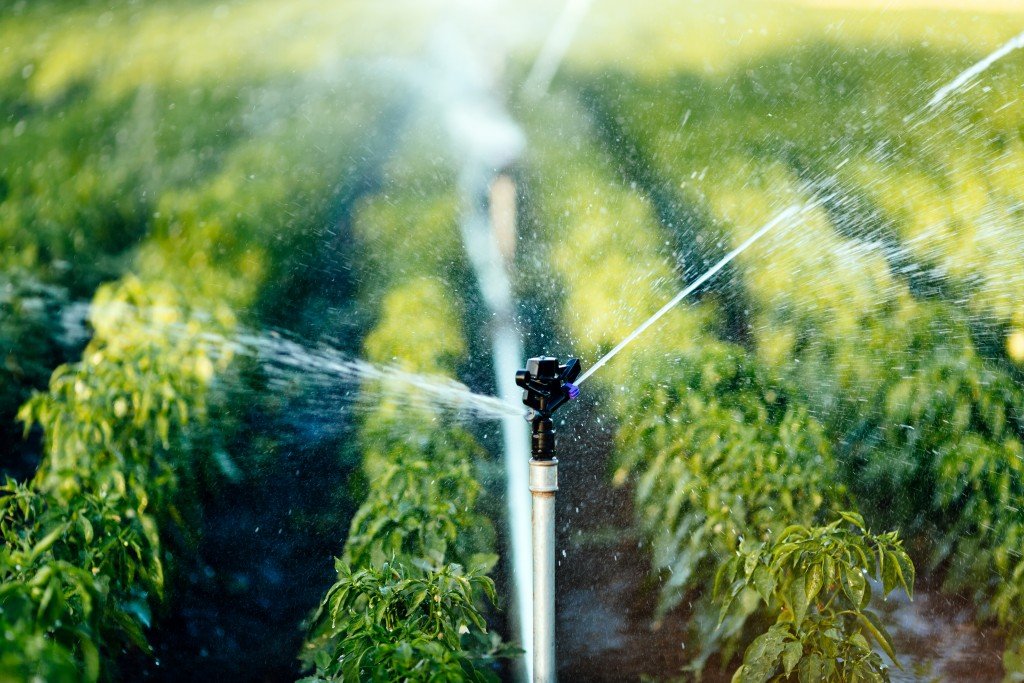There are several ways to water a landscape garden. What you need depends on the plants you raise, the type of soil you have, the climate in your area, and what a professional would recommend for you. Watering systems can be manual or automated, and both have water-conservation properties if you know how to use them efficiently.
You can have both a manual and an automated watering system on your lawn since not all plants require the same watering practice. In this article, you’ll be guided on what each watering system is best used for, helping you gain an idea on which of them suits your landscape garden best.
1. Hand-watering
If your garden is new, it will benefit significantly from hand-watering. Newly planted shrubs require more water than usual for the first year so that they’d thrive fast. Some crops like squash also flourish more healthily from hand-watering, because their foliage has to be kept dry. The same goes for lettuce, spinach, tomatoes, and other delicate crops that are highly sensitive to excessive moisture. With hand-watering, you can control the amount of water you give to each of those crops, preventing the growth of mildew and fungi from the ground.
To save more water from this practice, collect rainwater in a barrel, then use your watering can to transport it to your plants. Don’t overfill the watering can to prevent wasteful spills!
2. Soaker Hose
Closely-spaced crops and intensively planted beds are what a soaker host is designed for. It helps address a soil condition problem or water-starved plants that need direct water application.
Soaker hoses are similar to drip irrigation systems, but they’re a manual method, and you can’t measure the exact amount of water it delivers. If you have clay soil, the water may be slower to move to the subsoil because it holds moisture longer than sandy soil. Hence, amending your clay soil may be necessary to help you conserve more water in a soaker hose system.
3. Spray System
An automated spray system is the most widely used watering method in every type of landscape. It is composed of a controller, valves, sprinklers, and sprayers. You can use either a pop-up or shrub-style sprinkler. The former is installed below ground and only pops up when the sprinkler is at work, and the latter is mounted above ground on vertical pipes, helping water tall and dense shrubs.
Using this system is time-saving, as the sprayers and sprinklers cover a wide area of plants at once and water them evenly. However, it’s not suitable for sloped gardens and on thick clay soil and compacted sandy soil. You have to be careful with your sharp garden tools as well because they may damage your sprinklers without you immediately noticing. Make it a point to monitor your spray system regularly, and call a sprinkler repair professional in your area right away before a damage results in a hefty water bill.
4. Drip Irrigation

Drip irrigation is one of the most efficient garden watering systems. Like a soaker hose, it delivers water directly to the root zone, but you have the option to make it an automated system rather than just a manual one.
The downside to a drip irrigation system is its maintenance. Its filters need periodic flushing to prevent mineral buildup and clogging, and its tubes can be susceptible to damage from animals and garden tools. Thus, you have to be more vigilant when you select this watering system.
Seeing that all of these systems have their fair share of benefits, consult a professional first before selecting one. If you’re choosing an automated system, have it installed professionally. The DIY route may initially save money, but in time, your potentially faulty job may end up in costly damages.